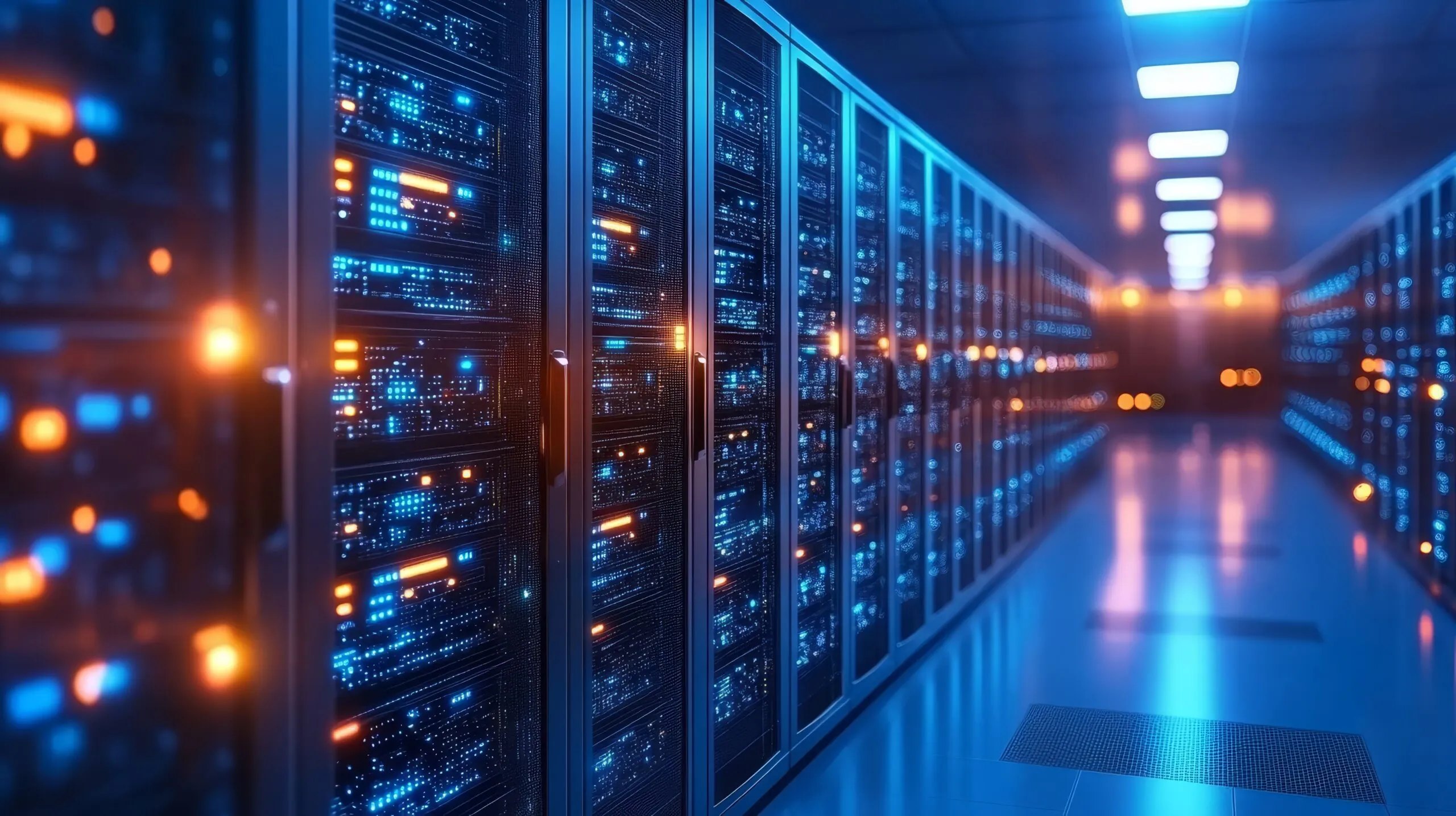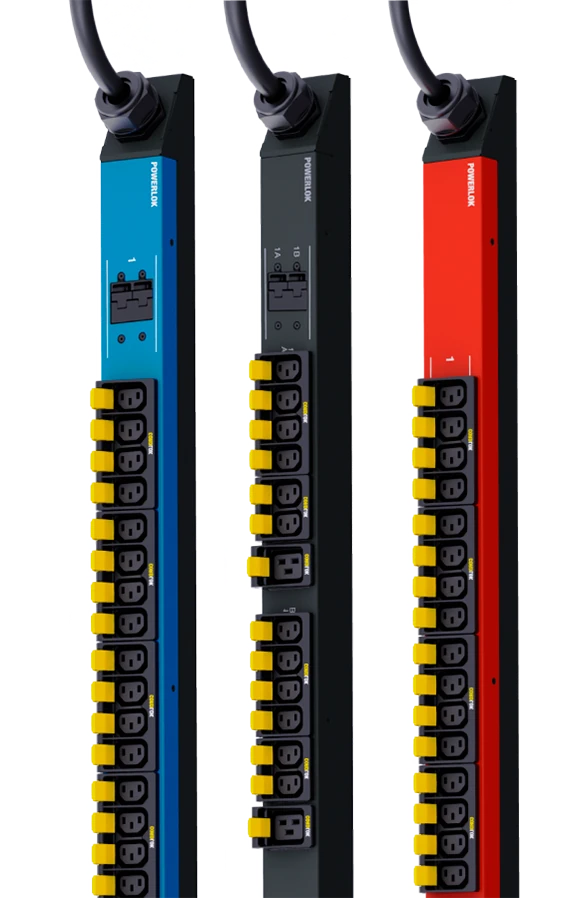Energy Industry Gets Behind the Data Center Power Shortage17 min read

Two years ago, the worlds of energy generation and data centers were blissfully separate, for the most part. They existed mostly within their own spheres. Data center managers cared about power inside the data center. They had little interest in how it got there. Power producers, on the other hand, regarded data centers as just one of many commercial customers. How things can change in a short span of time.
Last year, the 2024 Data Center World conference saw these worlds collide. Many of the speakers worried about how they could find more power for their new data centers. Others wondered how on earth the AI revolution could get off the ground unless a lot more power could be generated. They proposed solutions such as nuclear energy, onsite combined heat and power (CHP), and bringing trailer-mounted gas turbines into the parking lots of data center campuses.
This coming together of energy generation and data center operations continues to this day. Even oil and gas conferences have become enamored with data centers as evidenced by the Baker Hughes Annual Meeting 25 held in Florence, Italy in February. Speakers from Shell Energy, Sustainable Development Capital, and a former U.S. Energy Secretary were joined by Jeffrey Tapley, Chief Operating Officer, Digital Realty, in what became the best attended technical session at the show, “Powering Progress – The Rising Energy Demands of Data Centers.”
Grid Power Won’t Be Enough
Dan Brouillette, 15th US Energy Secretary during President Trump’s first term, kicked things off with some statistics.
“By the end of the decade, the U.S. will be 25 GW short of forecasted power capacity – and that’s without factoring in the ongoing data center boom,” he said. “This is a huge challenge as it’s the equivalent of five New York City-sized grids.”
Goldman Sachs predicts that data center power demand will grow by 165% by 2030. Further, the Electric Power Research Association (EPRI) has issued a forecast that U.S. data center power demand is likely to grow from around a 2% share of the national total today, to as high as 9% by 2030. Brouillette said that the expansion of the grid alone won’t be enough to serve that demand. A whole lot of onsite power and colocation services will be needed to make up the difference.
The Challenge of Capacity Factor
Many data centers have been keen to utilize power from renewable energy sources to forward their sustainability goals. Brouillette didn’t see renewables as a viable option for many data centers. He explained that the average capacity factor of wind and solar lies at only around 30% — no good for data centers, which need reliable, always-on power. Thus, renewables can certainly supplement but will struggle to entirely replace other sources of energy. Battery energy storage may help to increase the capacity factor of renewable energy, but the combination of solar and batteries still falls far short of reaching 100% availability.
Tapley of Digital Realty made another point about renewable energy sources that made them difficult to deploy in data centers – their appetite for land. As the largest owner-operator of data centers globally (operating 300 data centers in 25 countries for 5000 customers), he knows a thing or two about the realities of data center construction costs, land prices, and overall economics.
“We prefer the land for the data center itself and not for battery storage and renewables,” said Tapley.
The AI Boom
He added that the market has flipped over the last two years. Prior to that, there was an oversupply of data centers. A surge in cloud deployments began to change things. Power generation and transmission constraints in many municipalities amplified the power supply problem. And then AI came along.
“The data center market was growing due to cloud expansion and now has been supercharged by AI,” said Tapley. “AI is pushing data center rates up – they have doubled in some markets.”
Places like Dallas and Singapore are data center boomtowns. But Virginia is by far the largest.
“Dominion Energy in Virginia realized it had signed more contracts than they had power,” said Tapley.
As a result, schedules for the delivery of more power to data centers were pushed back – and back. Instead of hoping that the local utility can supply power by 2030, his company is placing more emphasis on onsite power.
Bring Your Own Power
In many locations, therefore, it could be a long wait for anyone hoping that the local utility can provide the power they need for new data centers or to expand current operations to accommodate AI. In many cases, onsite power may be the only option for those seeking to get one step ahead of the competition in serving AI needs.
“Bringing your own power is going to be a major trend for data centers,” said Brouillette.
Setting the standard for rack power reliability.

PowerLok® eliminates all mechanical connections, making it 270%
less likely to fail than rack PDUs with mechanical terminations.
Setting the standard for rack power reliability.
With automated soldering from line input to each receptacle,
PowerLok® eliminates all mechanical connections, making it 270%
less likely to fail than rack PDUs with mechanical terminations.

Drew Robb
Writing and Editing Consultant and Contractor
0 Comments